|
Sashiko and firefighting would seem to be an unlikely combination, but sashiko has in fact been important to firefighters for centuries. The connection goes back to when the first firefighting squads were formed in 17th century Edo, as Tokyo was called back then. Once Edo became the administrative seat of government under the shogunate it grew from a village into one of the largest cities in the world at the time, full of highly flammable wooden buildings. Widespread destruction caused by frequent fires eventually led to the systematic introduction of firefighting squads. Firefighters required suitably fireproof clothing, and while leather was a suitable material it was not available to all, thus sashiko-reinforced coats and headgear came to be used. Sashiko enabled the fabric to absorb and hold large amounts of water that aided in fireproofing firefighting gear that continued to be used until the early 1950s. In January I saw some marvelous examples of firefighters' outfits at a sashiko exhibition in the Kita-Kamakura Kominka Musuem, all of which come from the museum’s own collection. This was my favourite. A coat from the Meiji era (1868-1912) with a map of the globe as a design. How interesting to see the concept of the earth from this time when Japan was just opening up to the world after a long period of seclusion. 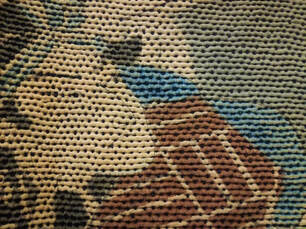 The character in the flag says san, meaning three, which is possibly the number of this group. Firefighting groups were numbered and had their own uniforms. I suspect this flag is what was known as the matoi. The person holding the matoi was supposed to rush to the area try to find a high place to wave the flag so as to attract attention for people in the area to come and assist. This coat dates to sometime between the Edo (1603-1867) to Meiji (1868-1912) era, and has a definite smoke-blackened look! Headgear used sometime in the Edo (1603-1867) to Meiji (1868-1912) era. Here’s another coat dating from the Edo to Meiji period. The swirling black smoke appears to be part of the design. These are some more examples of headgear. This hanten dates from sometime between the Taisho (1912-26) and Showa (1926-89) eras. The characters on the back say Fujieda, which I presume is the name of the city. The frontal characters translate as Fire Squad Member Shingawa-cho (probably a district of Fujieda).
4 Comments
|
Watts SashikoI love sashiko. I love its simplicity and complexity, I love looking at it, doing it, reading about it, and talking about it. Archives
September 2022
Categories
All
Sign up for the newsletter:
|

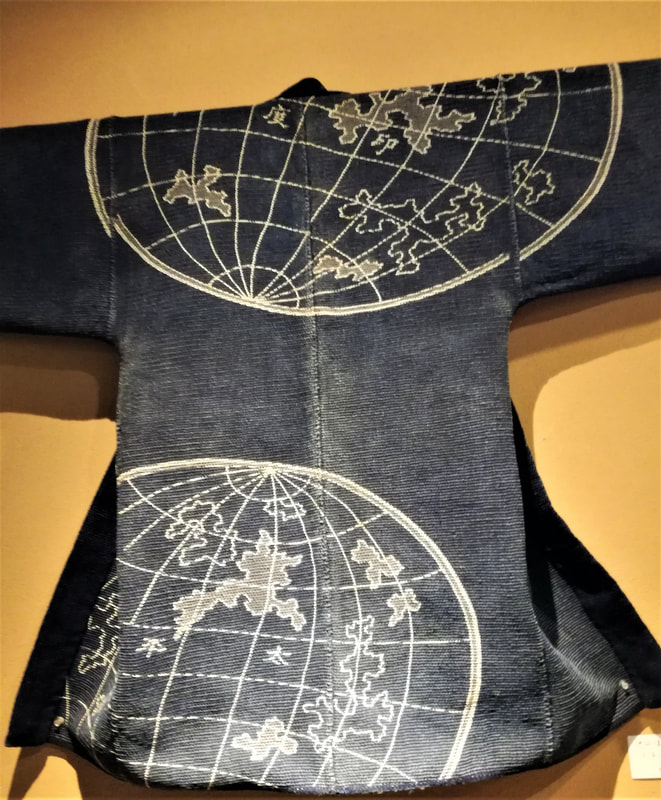
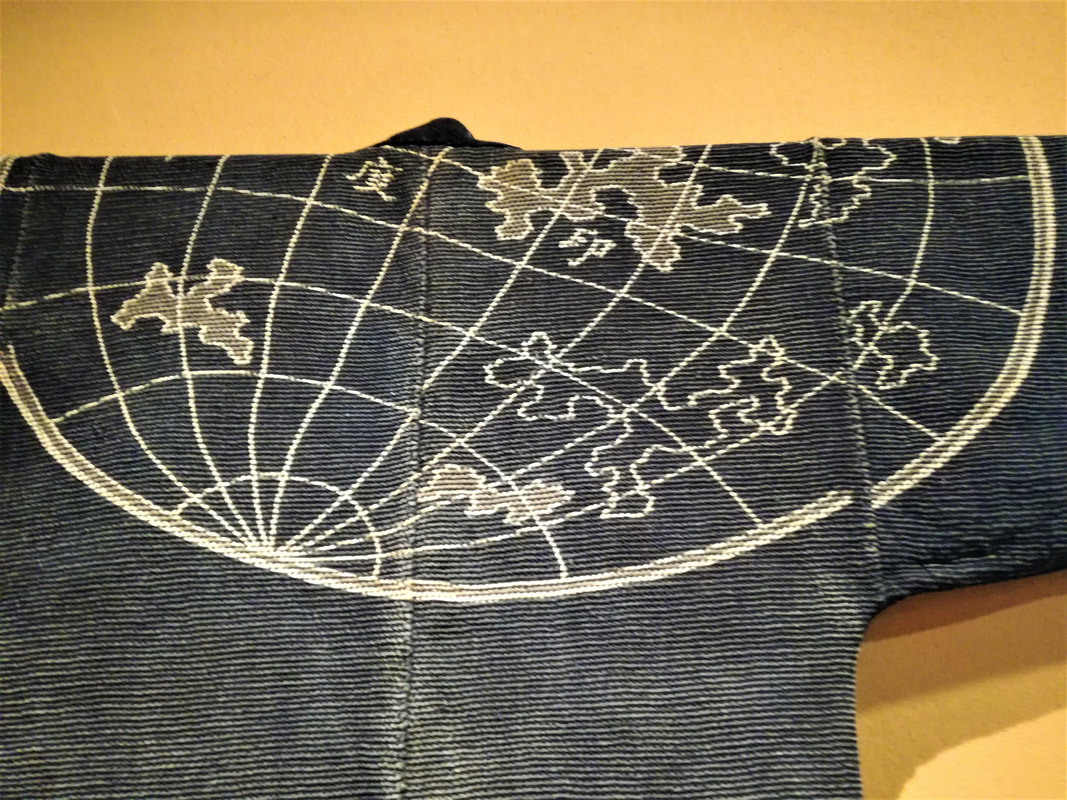
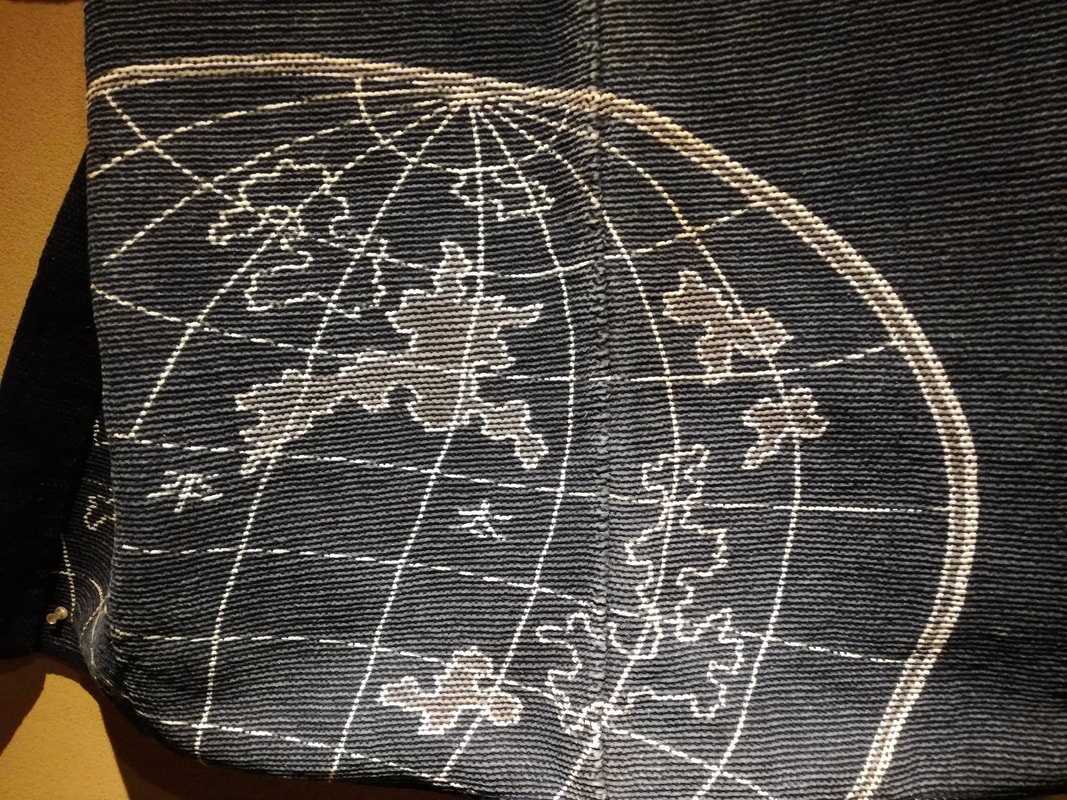
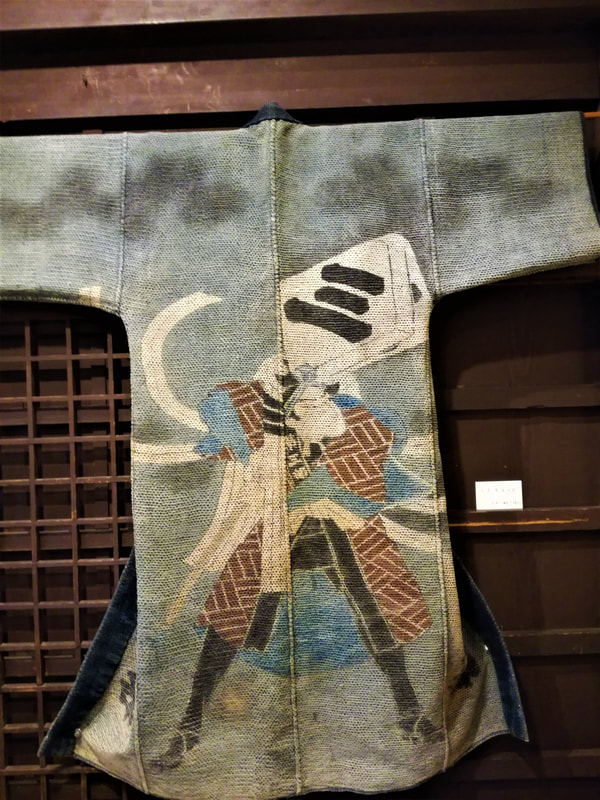
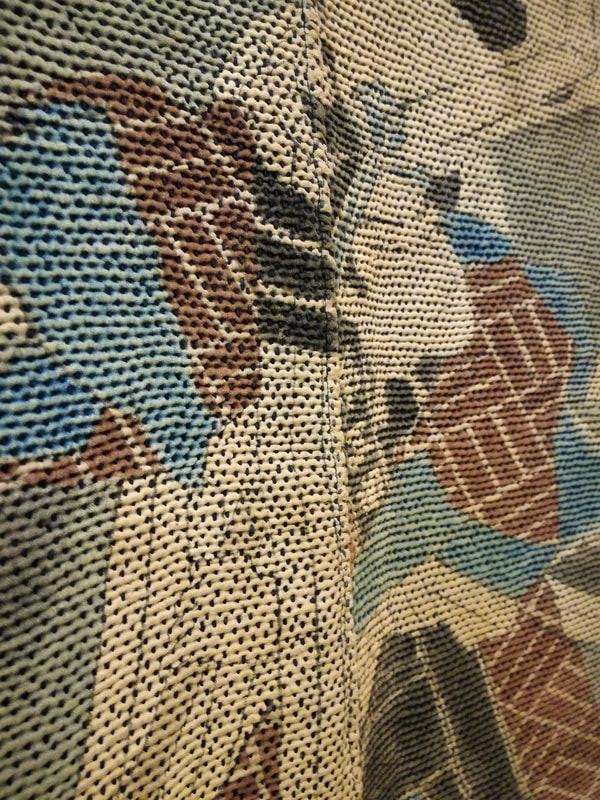
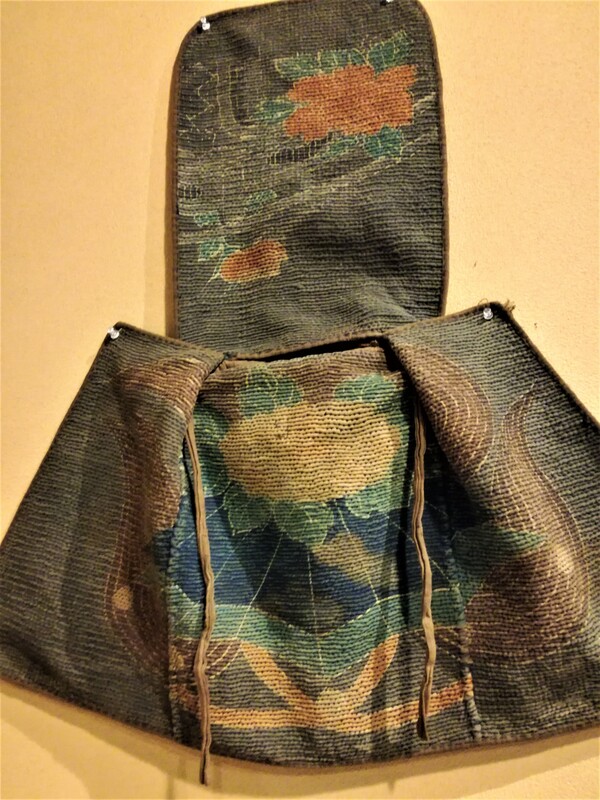
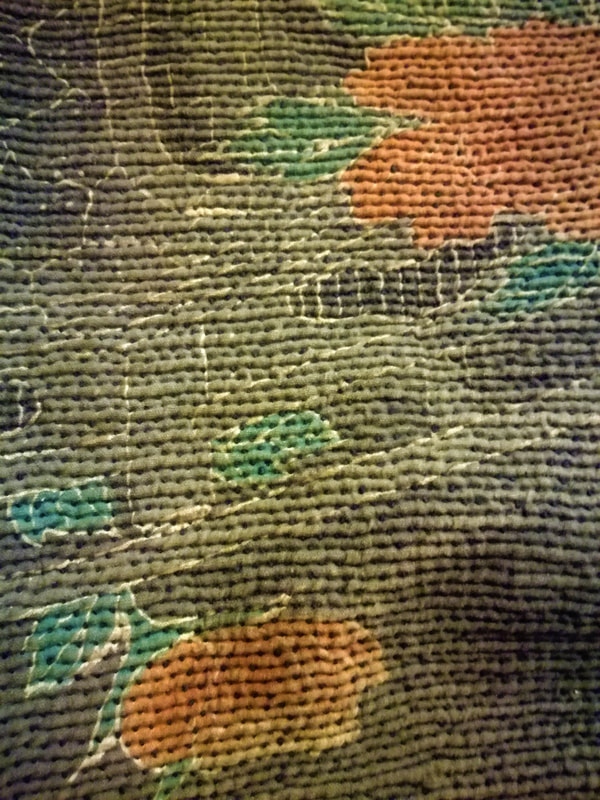
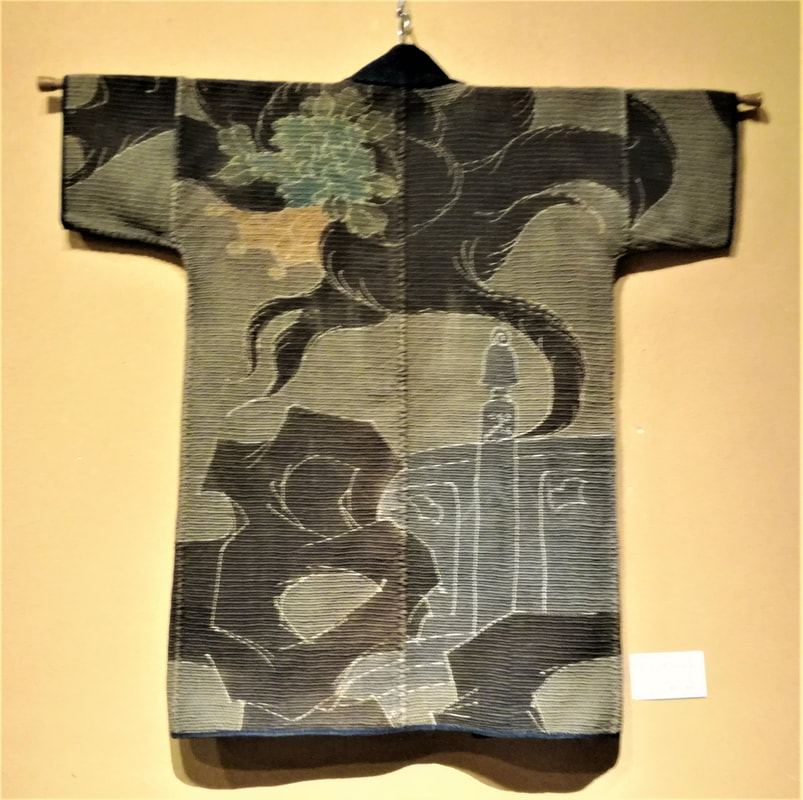
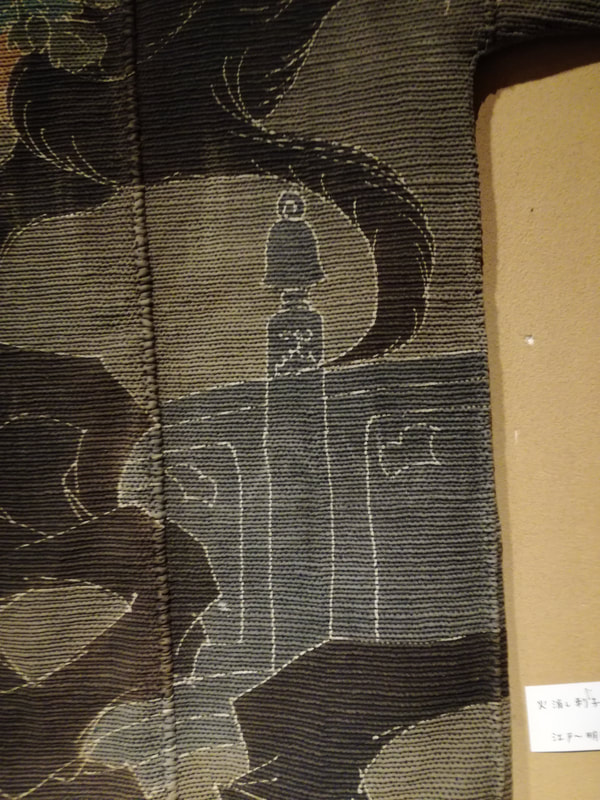
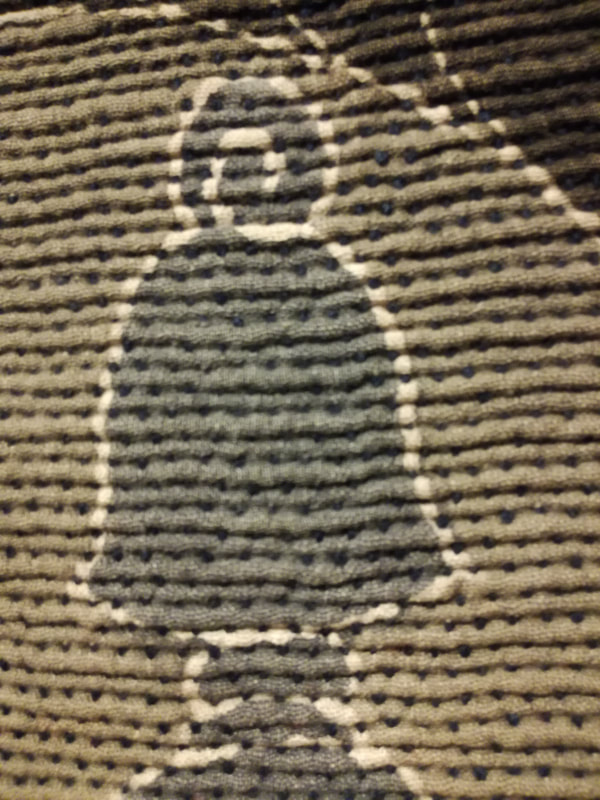
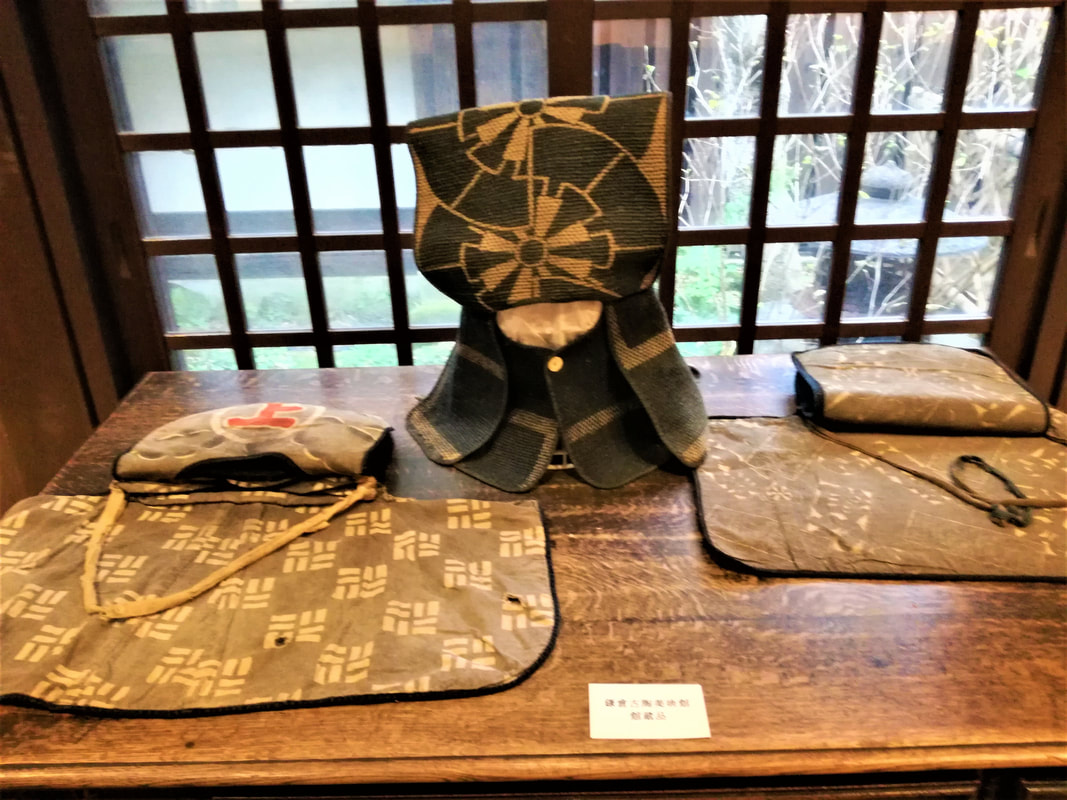
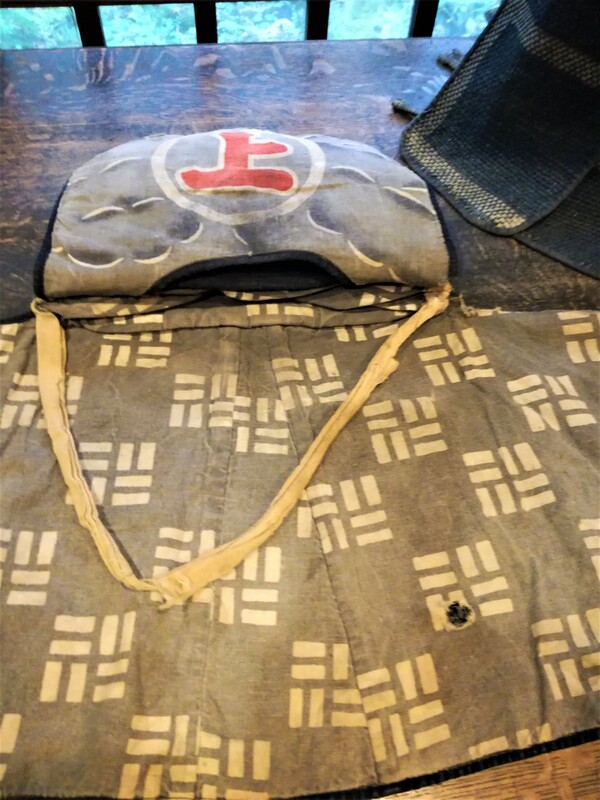
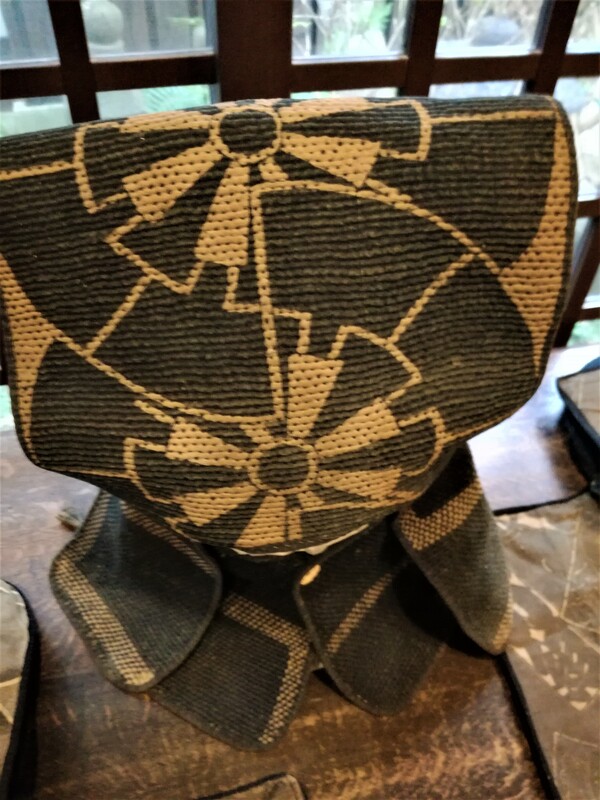
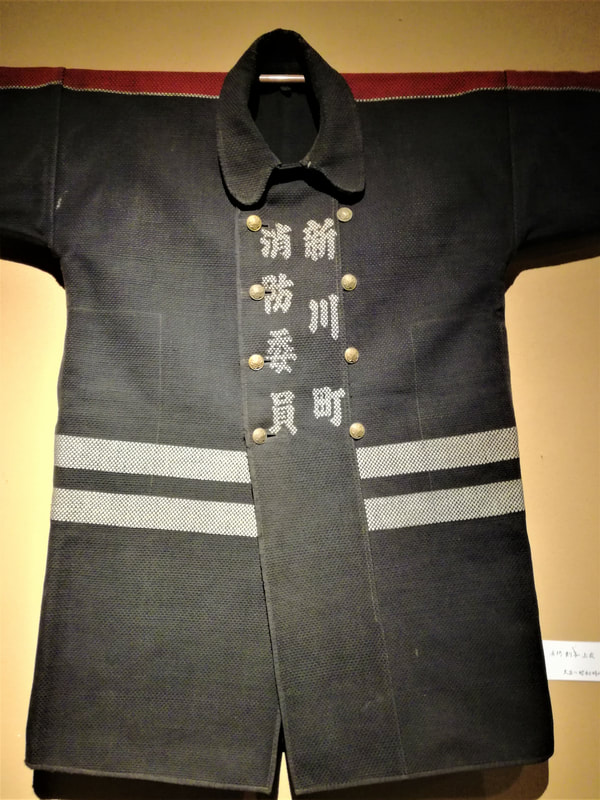
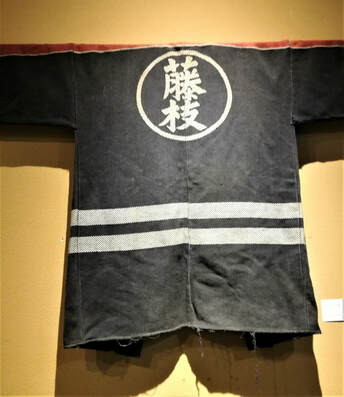
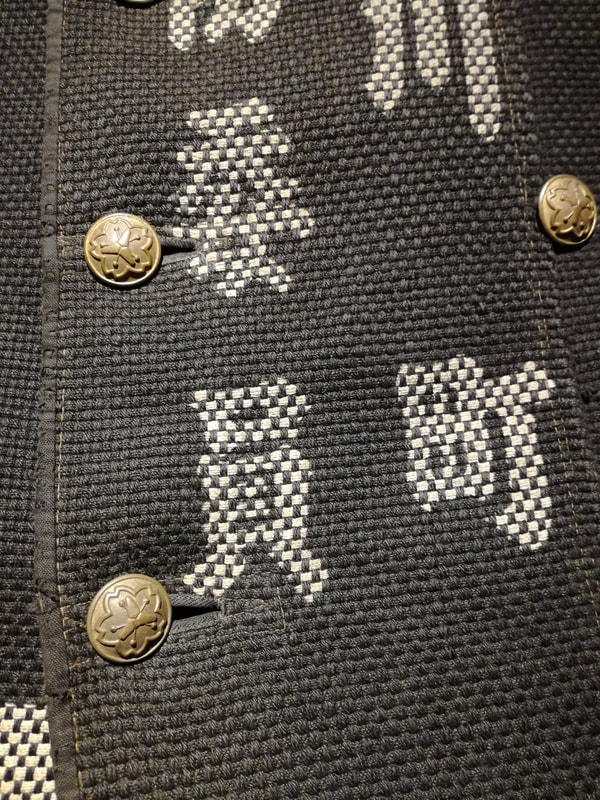
 RSS Feed
RSS Feed



